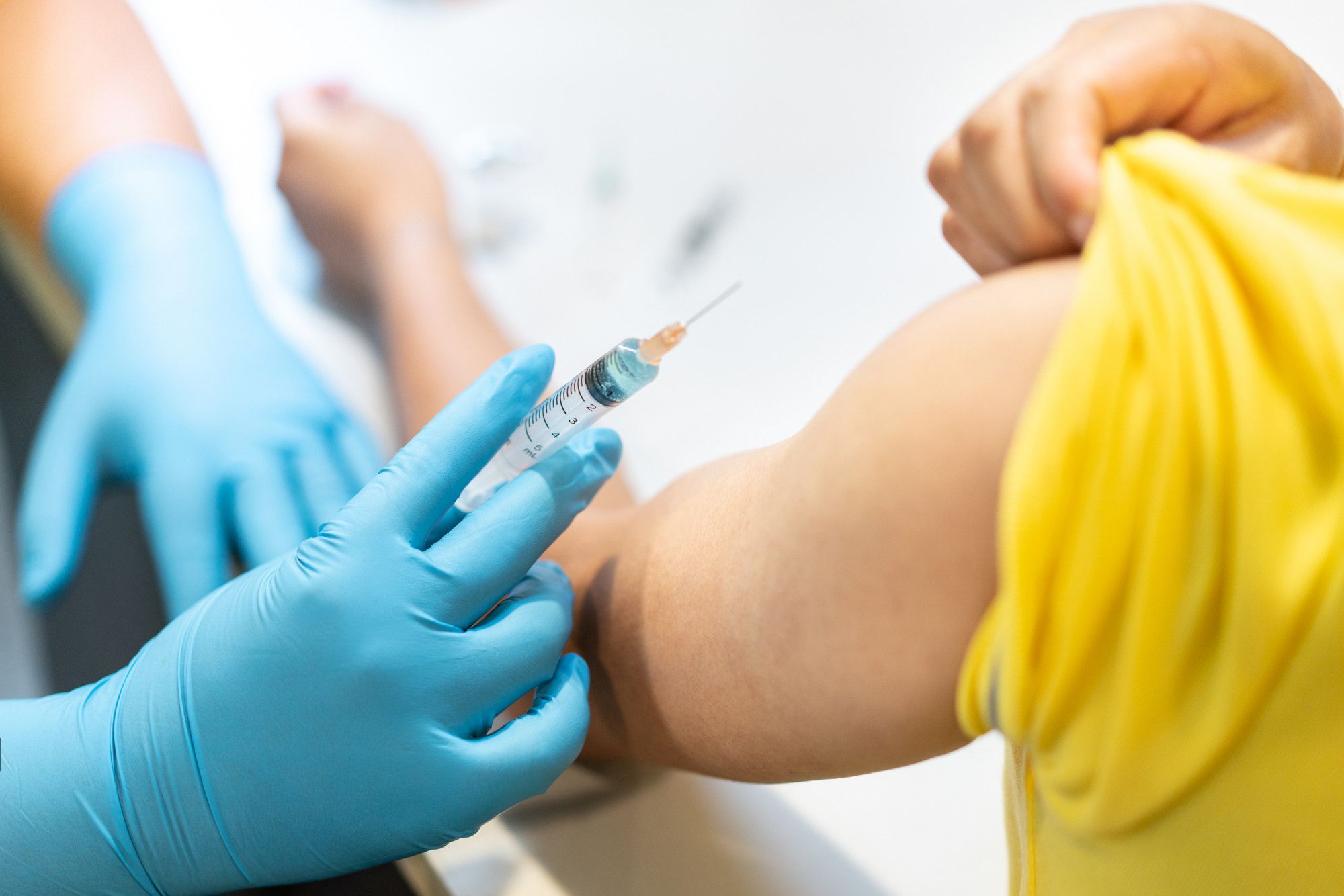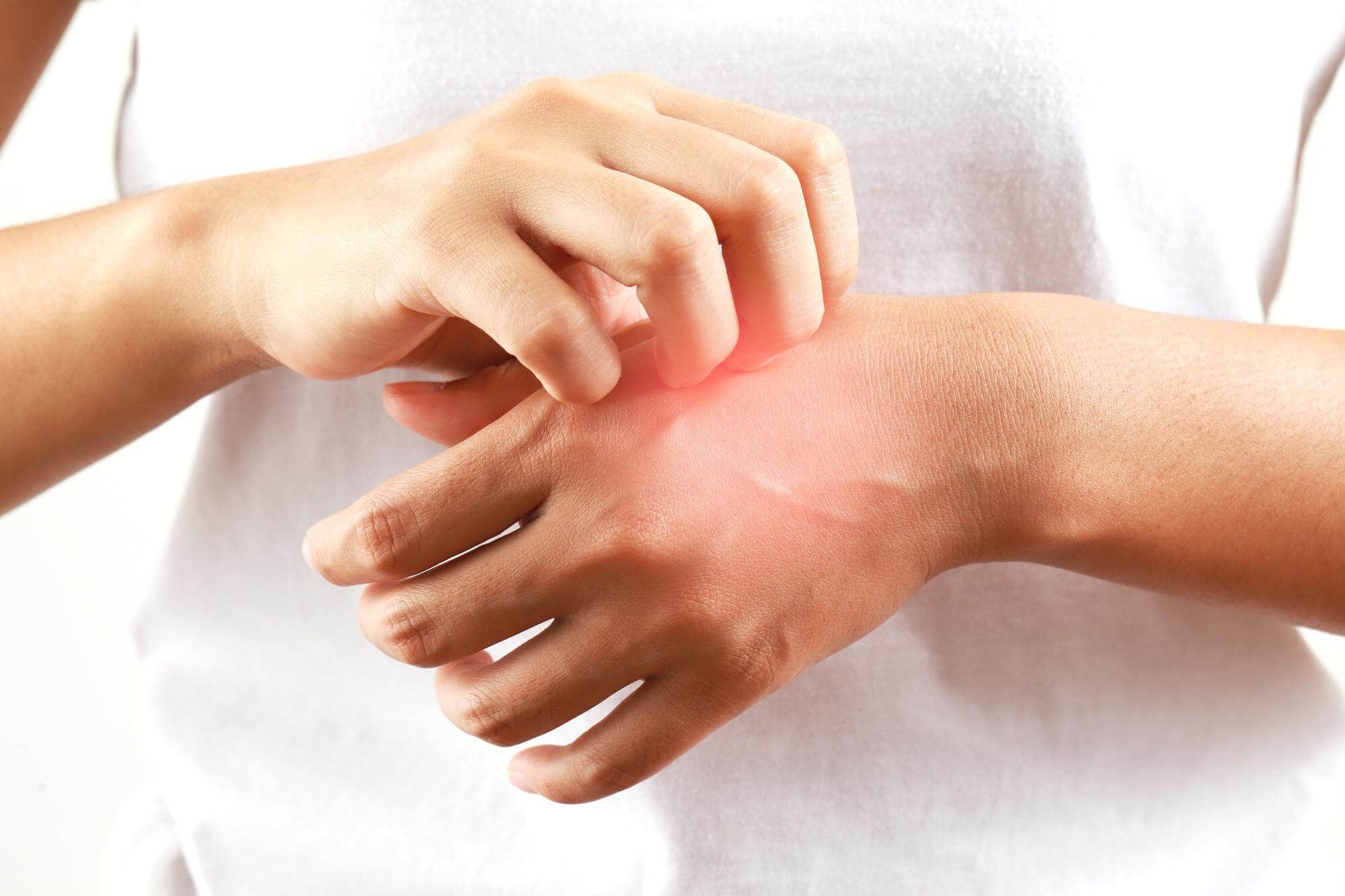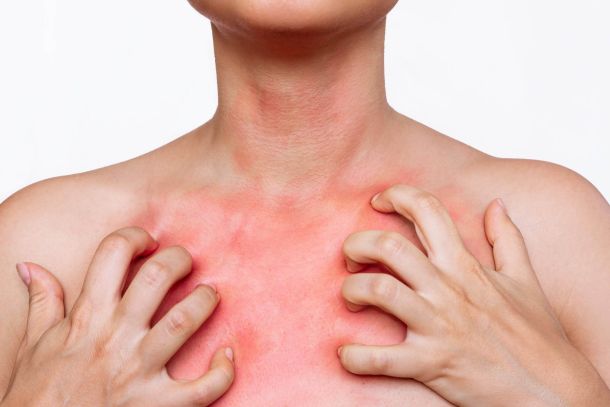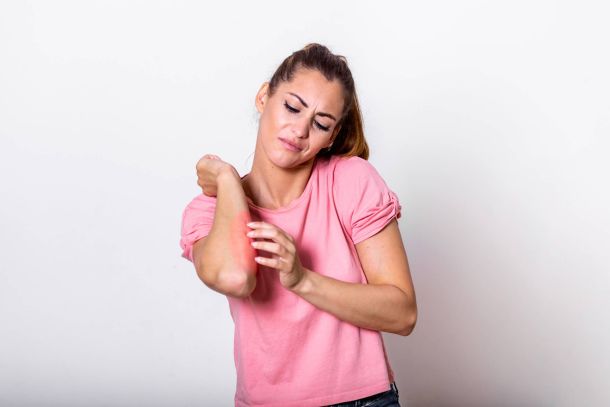Preventing contact dermatitis: tips and advice
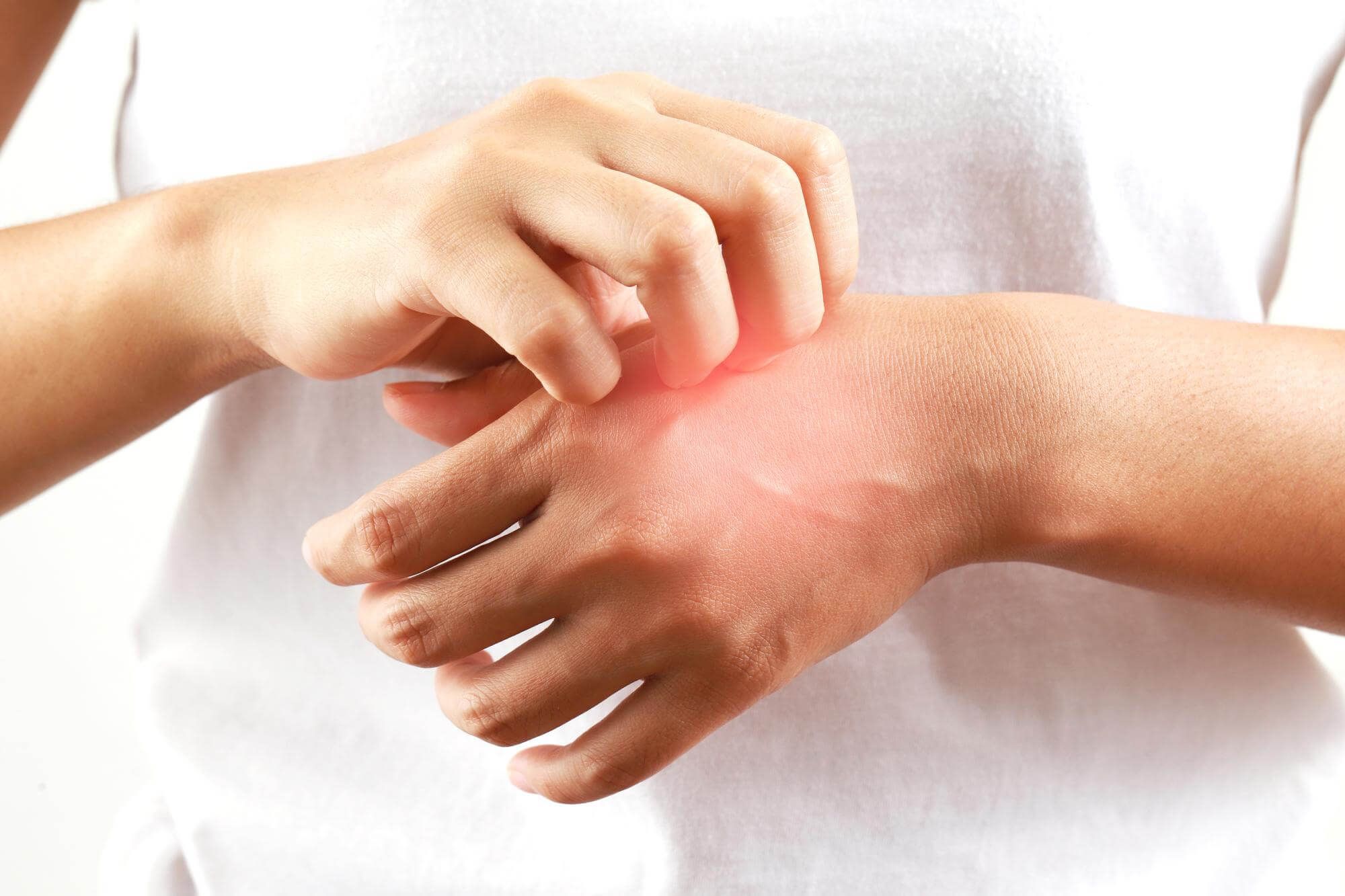

Irina Makarova
What is contact dermatitis?
Contact dermatitis is an inflammatory skin condition caused by direct contact with an irritant or allergen. This condition can occur in people of all ages, including newborns, and can occur on the face as well as on the hands, feet, groin, or stomach.
Classification of contact dermatitis
Basically, contact dermatitis is classified into two types: allergic contact dermatitis and irritant contact dermatitis.
Allergic contact dermatitis occurs when the immune system reacts to a specific allergen, while irritant contact dermatitis usually occurs when you come in contact with a harsh or corrosive substance.
Causes of contact dermatitis
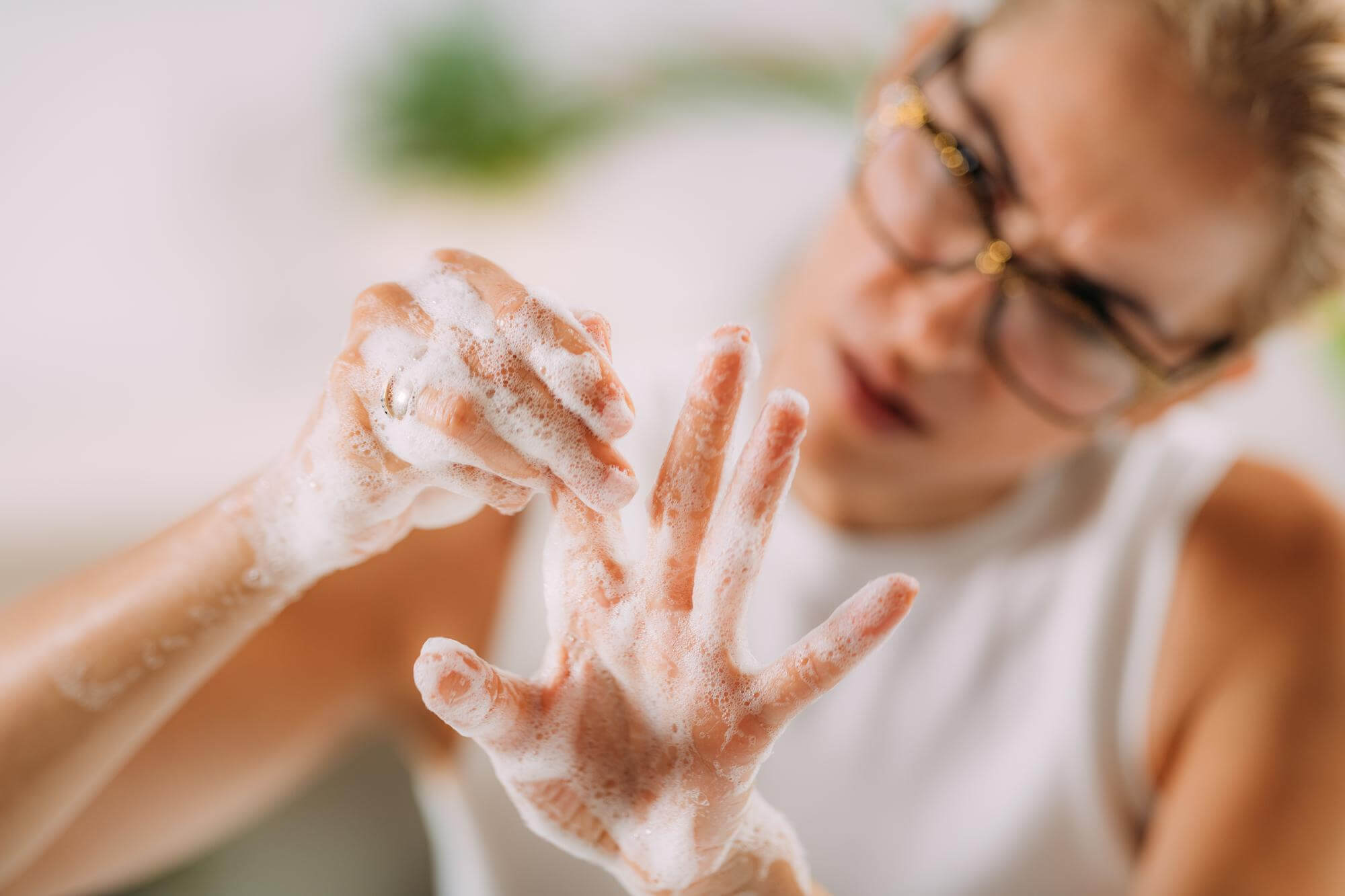
Causes of contact dermatitis vary by type. Common allergens that can cause allergic contact dermatitis include nickel, rubber, dyes, perfumes, preservatives and some medications. On the other hand, irritant contact dermatitis can be caused by chemicals such as soaps, detergents, solvents or even water.
Symptoms of contact dermatitis
Symptoms of contact dermatitis usually include itching, redness, and inflammation of the skin. In some cases, blisters or crusts may appear. Symptoms usually occur in areas of direct contact with an irritant or allergen.
How is contact dermatitis diagnosed?

The diagnosis of contact dermatitis usually begins with a visual examination of the inflamed skin and a conversation with the patient about his or her recent contact with potential allergens or irritants. The doctor may also ask you about your health and general lifestyle to better understand the possible causes of the reaction.
Performing allergy tests
An allergy test, such as an epicutaneous test, may be performed to confirm the diagnosis and identify the specific allergen.
Applying the patch for diagnosis
The epicutaneous test, or patch test, is a process in which small amounts of potential allergens are applied to patches that are then applied to the skin. After two days, the patch is removed and the skin is examined for signs of a reaction.
Differential diagnosis
The doctor may also perform a differential diagnosis to rule out other possible skin conditions, such as atopic dermatitis or psoriasis.
Treatment of contact dermatitis

The basis of treatment for contact dermatitis is avoiding contact with the irritant or allergen. This may include changing skin care products, using protective clothing, or making other lifestyle changes.
Drug treatment for contact dermatitis
Medication treatment usually includes topical corticosteroids, such as hydrocortisone, to reduce inflammation and itching.
In more severe cases, systemic anti-inflammatory drugs such as prednisolone may be used.
Physical therapy treatments
In some cases, physical therapy treatments, such as UV therapy, may be recommended to help reduce symptoms.
Home remedies and methods for relieving contact dermatitis symptoms
- Proper skin care can help reduce the symptoms of contact dermatitis.
- Use mild cleansers without fragrances or dyes to avoid irritating your skin even more.
- Keep your skin moisturized by using perfume-free moisturizing creams or ointments. This will help soften the skin and reduce itching.
Natural remedies for contact dermatitis

Some herbs, such as chamomile and calendula, can help soothe irritated skin. You can make a decoction or infusion and soak a soft cloth in it to apply to the affected areas.
Some essential oils, such as lavender or tea tree oil, can also help reduce inflammation and itching. However, they must be properly diluted before application to avoid additional skin irritation.
Contact Dermatitis Prevention
Preventing contact dermatitis includes avoiding known allergens and irritants, and taking care of your skin to keep it healthy. If you notice that your skin reacts to certain substances, try replacing them or using protective equipment, such as gloves, when you come in contact with them.
In conclusion, contact dermatitis is a common condition that can cause significant discomfort. However, with proper diagnosis, treatment and care, most people can effectively control their symptoms. If you think you have contact dermatitis, you should see a doctor or dermatologist for professional medical advice and treatment. Keep in mind that self-treatment can lead to worsening symptoms or developing chronic contact dermatitis.
Remember, it's important to be able to recognize the signs of contact dermatitis and know how to treat it. Take care of yourself and your skin!
Related Materials
New materials
Popular Articles
We recommend reading
Contact us in the Contact Us section to ask questions, offer ideas, or for more information about our allergy resource.
Our articles are your trusted source of allergy knowledge. Learn how to make life with allergic reactions easier on our specialized portal.
©
Lechenie-Allergii.com. All rights reserved.
© Lechenie-Allergii.com. All rights reserved.
The information on this site is for informational purposes only and is not a substitute for professional medical advice. We recommend consulting with qualified medical professionals for accurate information and advice.
 English
English  Українська
Українська  Русский
Русский 
